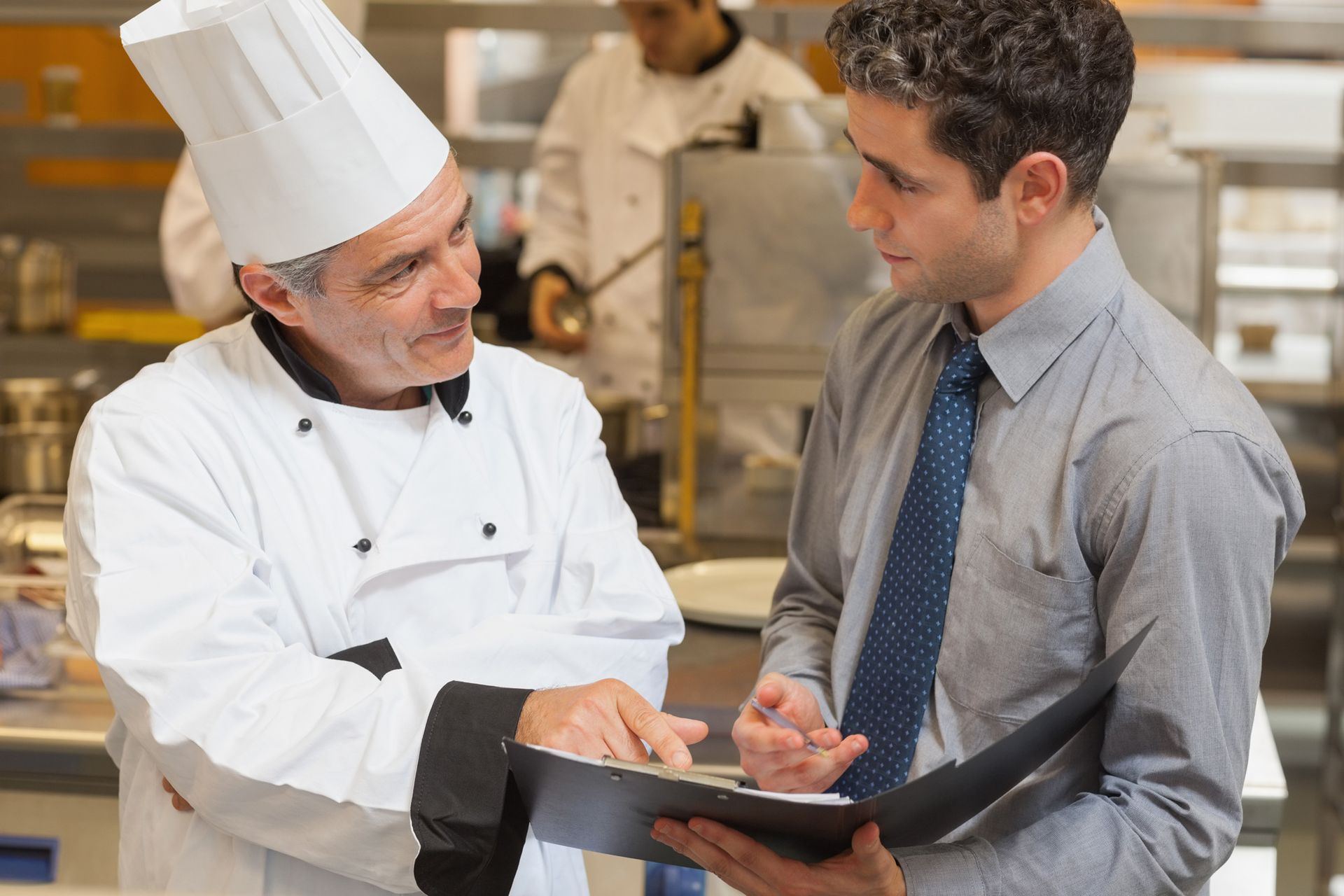Get in touch
Text us at (631) 837-2344
4 Types of Menus that Guide the Dining Experience
It comes down to the kind of experience you want to provide, and the way your food is served is definitely going to drive the dining experience.
As a restauranteur, the way you serve your menu items, in what capacity and for what purpose, really drives the dining experience. Are you on a first date? Are you with your entire family? Are you trying different things? Are you having a big night out? When it comes to sit-down dining, there are generally four different menu types that guide the dining experience.
The goal of every restaurant is to provide a place for people to come and be social and happy together, because the more comfortable people are in a place the smoother the operations go in a restaurant.
The four types of menus we are discussing are categorized as follows: family style, shared plates, the sequential menu and the flexible menu. Whenever you go out to eat, you're most likely going to encounter one or a hybrid of these menus. Each menu strategy employs a unique set of rhetorical tools to create a scene of sociability that suits the restaurateur.
Lets begin with
family style
or “large format dining”. This is common in Italian restaurants, Korean barbecue and Chinese restaurants where large portions are meant to be shared. One of the things that is a very common feature in a family style dining establishment is a more communal type of seating arrangements are set up. This could be picnic benches or large tables that encourage a larger group to sit around and share.
There also may be a large empty plate at every table setting. This is different from the smaller charger plate that you would see at a traditional restaurant.
This empty plate implies that you shouldn't expect a dish to come out of the kitchen already composed just for you. Instead expect big dishes in the center of the table with serving spoons.
Another big factor when you're family style dining is the way that the menu is structured.
There's less instruction coming from the servers, the menu is traditionally broken up by food type rather than course. So you'll see vegetables, pasta, chicken and fish encouraging the diner to choose from different sections of the menu.
This concept definitely incentivizes larger parties. It also provides a longer table turnover.
However – because it's a larger group – they're ordering more food and theoretically the higher check mitigates the fewer table turns. There's also an additional perceived value. I used to go out with my mom and she would love the large plates because you're getting another meal out of it afterwards. We may not eat all of it in one sitting, but now we have enough for lunch tomorrow. It definitely creates a certain type of experience. Many Italian restaurants are known for that.
The atemporal structure of the family style menu helps the restaurant on the operational front as well. Not having to time the courses gives the kitchen more flexibility, and they don't need an expeditor to sink up the pace of the kitchen with the diners. Everything comes out of the kitchen onto the table whenever it's ready and the customers are okay with that.
The second menu style is shared plates.
Shared plates are similar to family style dining in a lot of ways (sharing dishes, often a more communal setting)
but what makes it different is that,
above all,
the originality of the chef and the director of the beverage program really shine. The focus is
on unique culinary options
and ordering a variety of different items.
Generally there's also
a craft cocktail component which adds to this more upscale experience.
Smaller portions means that you're ordering more plates for the table. Much like family style you still get to choose a bunch of different things from the menu and try different style cuisine.
Because you get the opportunity to try many different preparations of food, it is a conversation starter that makes the dining experience more collaborative and dynamic.
This is a
model where the chef gets to explore different, creative culinary dishes and ignore the boundaries.
The shared plate style began in the mid 1980s inspired by Spanish tapas or bar snacks craze that evolved during that time.
Something else to note about the shared plates style is that the server actually plays a much larger role than traditional family-style. Right off the bat, customers will likely have questions about ingredients, preparations or serving size. Because of this, the servers will have to be a bit more consultative with the initial ordering process. As the meal progresses and more plates are coming out, the servers may return more frequently – to check in, take empty plates and refresh cocktails.
This style of cuisine is more of an entertainment type of atmosphere where you're being entertained by the food as opposed to just going and getting a cheeseburger because you're hungry and you want to watch the game. In this scenario, the food is actually the main event.
Customers are prepared to pay a little bit more, and they know that it's quality over quantity here. You might only get one or two bites of something, but it may be totally different than anything you've ever had before.
The third type of menu is the
sequential menu. The sequential menu doesn't care whether or not we share the food. However, it is keen to decide how we share our time.
With this temporal structure, the courses are more deliberately timed out from the kitchen. You may have your appetizer or first course, a possible second or third course, the main course and dessert. The sequential menu recommends that we dine in progression. It implies that if your dining partner is skipping a course, it could provide an awkward scenario where one person is eating and the other one's not.
It urges us to order in sync with each other. Within this structure of the sequential menu, there are also subcategories. For example the tasting menu, which is less common.
The tasting menu is where the chef dictates the entirety of the diner’s experience from the dishes served, the number of courses, the length of seating. The customer is just a spectator but they can charge a premium because of the accolades or popularity of the chef.
The
price fixe
is another variation of the sequential menu. There are a set amount of courses with a few different options for each course. The menu is still timed but not as flexible as the shared plates or the family style dining.
The last menu type is the flexible menu. The flexible menu allows customers to eat independently of each other. Customers can get a variety of different items delivered at the same time. A lot of restaurants now have their menu structured this way.
This is usually indicative of a casual dining experience or a chain like TGIF or Applebee's. This is a popular menu choice because it's designed to sell to the broadest demographic.
This type of menu concept makes it possible for any combination of people to go out and there's something for everyone. The flexible menu is uniquely positioned to take advantage of those impulse decisions to dine out, which happens a lot. You don’t need to plan much in advance, you can walk in and get a table without a reservation.





